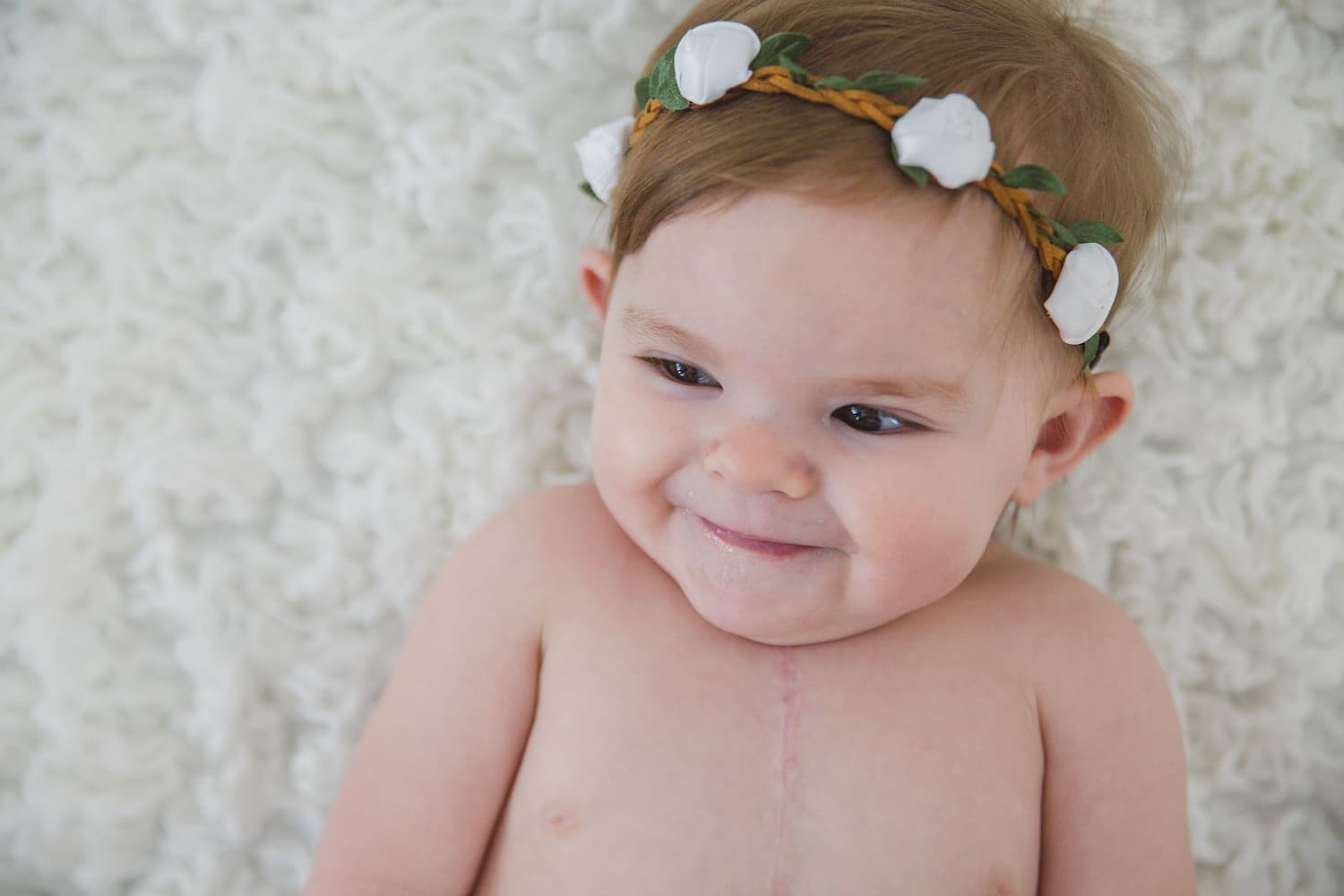
Heart disease in childhood is very common. Some types of childhood heart disease (CHD) are more common than others, but many children who have it were either born with a heart defect or developed one shortly after they were born. International Childhood Heart Disease (CHD) Awareness Month seeks to bring awareness to this growing problem by letting the world know how childhood acquired heart disease affects the quality of life for patients in Australia and different parts of the world.
What is a Childhood Heart Disease?
Childhood heart disease (CHD) is a broad term that can include different kinds of congenital heart defects that increase the risk of death among newborns and children. They are structural problems with the heart's chambers and valves, and they are found to be 60 times more prevalent than childhood cancer. The most common symptoms associated with CHD include:
- Fatigue
- Poor feeding
- Vomiting
- Shortness of breath
- Increased heart rate
- Pulse oximetry below 92%
- Irregular heart rhythm
- Swollen or puffy feet and hands
- Low blood pressure
- Heart valve leakage that may lead to heart failure
Source: CardioSmart.org
Children who suffer from poor heart function can also have difficulty growing and staying at a healthy weight. Although congenital heart disease is the leading cause of hospitalisations and deaths among newborns, the mortality rate in children under the age of five has significantly dropped from 15.1 deaths per 100,000 babies in 1987 to 4.8 in 2017, according to the Australian Institute of Health and Welfare (AIHW).
What treatments are available for children with CHD?
Children who are diagnosed with CHD will typically have to make some lifestyle and diet changes to keep their heart healthy and strong. This includes eating healthy foods, such as leafy greens, whole grains, and nuts and fish that contain high levels of omega-3 fatty acids. Engaging in physical activities like walking and swimming, and taking prescription medication on a daily basis is also crucial to avoid the probability of death.
Some lifestyle changes may be difficult to adapt to, but if the child is able to get into a regular routine, it can help them lead a productive and happy life. A heart surgery or heart transplant may be recommended for a severe congenital heart condition. Every treatment plan varies according to the patient's condition.
What is the Goal of International CHD Awareness Month?
International Children's Heart Disease (CHD) Awareness Month seeks to raise awareness about congenital heart defects, provide education on how to help patients with different heart conditions and highlight research efforts to increase the life expectancy of affected children.
Celebrated annually for the entire month of February, International CHD Awareness Month is a terrific opportunity to learn more about childhood heart disease and how it affects patients around the world. It aims to encourage people to understand the nature of this medical condition so that afflicted children might have a better future.
How Can You Get Involved in Fundraising or Advocacy Efforts?
There are plenty of ways to get involved with International CHD Awareness Month and help to improve the lives of children in Australia and all over the world. Many organisations can use your help in finding a cure for a wide range of congenital heart defects. Children with a heart disease have a higher mortality risk than those without it, so they need to be provided with the appropriate care and treatment as soon as possible. Some of the most common acquired childhood heart diseases include:
- Atrial septal defect (ASD)
- aortic valve disease
- pulmonary artery stenosis
- Congestive heart failure
- Bicuspid aortic valve
- Kawasaki disease
- Idiopathic cardiomegaly or enlarged heart
Some conditions, such as atrial fibrillation, can lead to blood clots in the heart and lead to a stroke or heart attack.
If you are interested in fundraising for International CHD Awareness Month, here are some tips on how to get started:
- Host a fundraiser, such as bake sale, or even by asking your friends and family for donations on social media.
- Create videos or promotional advertisements which will help increase awareness about the dangers of congenital heart disease.
- Interview patients with heart failure and share their stories on social media.
- Volunteer to assist patients with congenital heart defects in their everyday activities.
- Work alongside natural therapists in improving the heart health of affected children and adults with congenital heart diseases.
You can also register with HeartKids, a national not-for-profit organisation in Australia that supports children suffering from heart ailments, and take part in their fundraising campaign.
A child with a family history of heart disease, as well as a mother who smoked during pregnancy or had other vices, is inevitably at risk of heart disease. However, this does not automatically mean that they have a short life expectancy. With your participation and support during International CHD Awareness Month, the annual death rate from congenital heart disease can be reduced, and hope can be instilled in every child born with a less-than-healthy heart.









